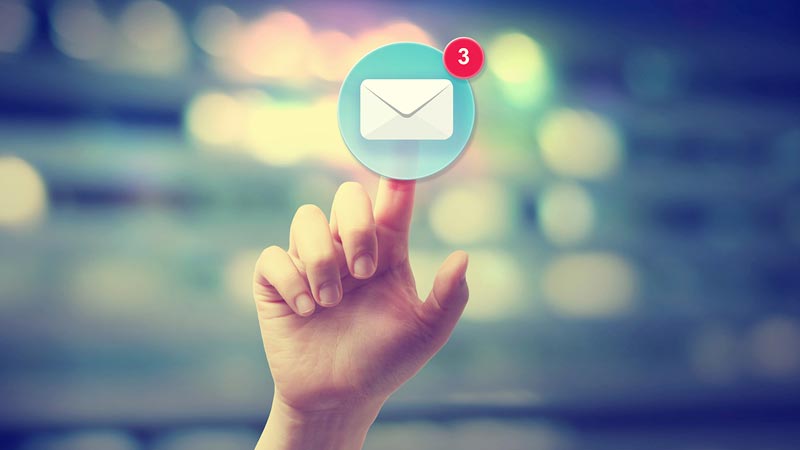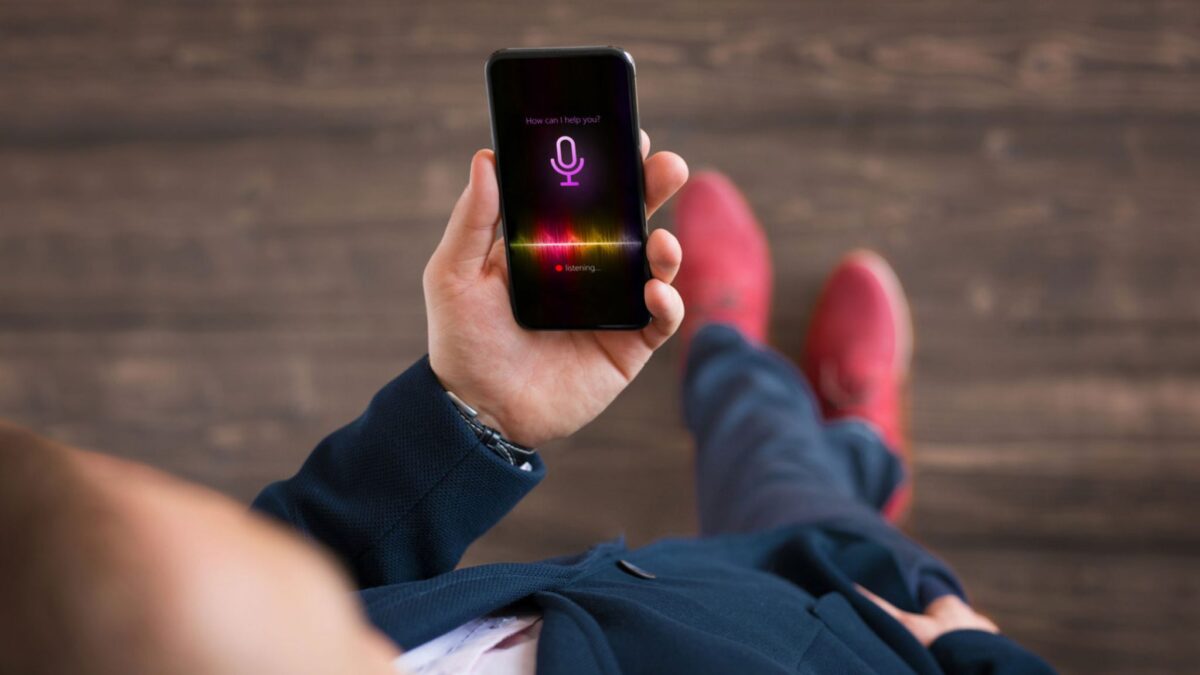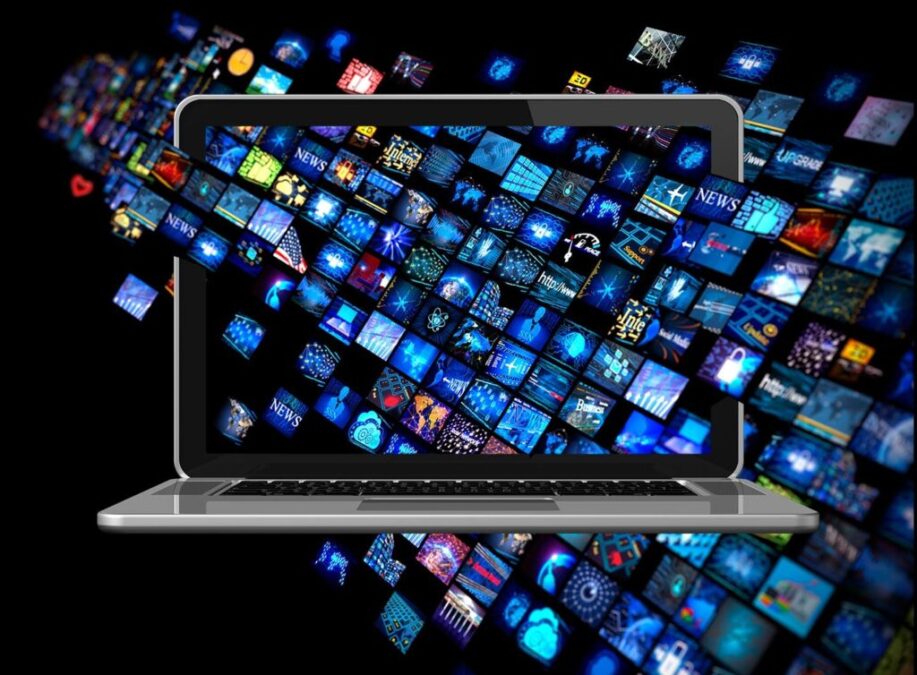As with all marketing programs, whether your goals are awareness, engagement and/or conversion, it’s important to make sure you’re working smart and not hard. Emails help drive traffic to your site and increase sales, but if you’re only sending emails based off the calendars you create in conjunction with offers, promotions and product releases, your results will be limited because you aren’t considering the timetable of your audience’s customer journey. Taking the time to develop automated email programs will help drive a steady flow of traffic and sales by communicating to audiences when they’re ready, and in various stages of their customer journey.
So, how do automated emails (also called trigger emails) work? To put it simply, every time your audience takes an action or a specific amount of time has transpired between engagements or conversions, your email service can then automatically send a message.
To create an automated email, you simply need to create rules within your service’s platform to send emails accordingly. This depends on the amount of customer information shared and kept up to date within your email system’s contact database. The more information you have (like location, purchase history, date of birth), the more you can connect and personalize your automated emails to drive results. Your CRM (Customer Relationship Management tool or database) should be sending and receiving this information from your email platform.
Below are a few automated email recommendations divided into the various stages of your audience’s journey.
Lead Nurturing for New Audiences
50% of leads aren’t ready to buy at the time of first conversion, and lead nurturing is the smartest way you can help to accelerate the path to conversion/purchase. Automated emails early in the lifecycle should nurture by educating the audience about your brand, products and the benefits of staying engaged. This is also a great way to request relevant consumer information that can be compiled into your CRM to better serve your email recipients down the road.
Welcome Email
Welcome emails generate 4x the open rate and 5x the click rate in comparison to other bulk promotions. Once someone subscribes to your email list, send them a quick email response thanking them for joining your community and asking them to add your email domain to their address list to ensure they receive all future correspondence. This first email should be used to set future expectations for the frequency they will receive messages and the value of the content your brand and products/services provide. Tell them what you’re all about, and get them excited to receive more!
Helpful tip: Most online shoppers expect that in exchange for signing up for email, a first-time purchase offer or discount code will be awarded. Test this to see if it increases your conversions.
Social Awareness
If you want to cross your site traffic and email list subscribers with your social channel audience, you could send out a social awareness email shortly after your initial welcome email to encourage recipients to stay connected with your channels. Make sure to include reasons why they should join — like exclusive offers, for example.
Abandoned Shopping Carts
According to the independent web research company Baymard Institute, 67% of online shopping carts are abandoned.
If you can gather a user’s email address while they’re in the process of checking out, or when they’re logged in and stop the checkout process, sending them an email to encourage them to return and purchase the item/services is a smart move. Use your gut (or poll them) to determine why they left, and then serve them the information or promotion they need to convert. This could be as easy as acknowledging the free shipping and return policy, how easy a product is to use or providing them with a discount or price match if they suffer from sticker-shock.
Helpful tip: I recommend creating a three-part series. The first email should be a reminder email that is sent 24 hours later, the second should be sent 48 hours after abandonment and focus on understanding why the customer didn’t buy, and the third— your last shot—should be sent 72 hours after abandonment where you provide an incentive/discount to purchase.
Attendance Preparation
If someone just booked a stay at your hotel, or they’re planning to attend an event you’re hosting, this is the perfect time to use email to engage your audience. Serve them useful information and tips to enhance their visit or participation in the event. This useful information will further connect them to your brand while providing valuable tools and information they may already be searching for.
Positive Reinforcement for Active Audiences
Email automation is not just about converting new leads, but also keeping your current customers and audience engaged and connected to the brand. Email is a great way to educate and promote an upsell, push cross-promotional product messaging and encourage audiences to advocate your brand.
Post Product Purchase/Service
Once someone has bought your product or received your services, respond with relevant information. The email could include, for example: cleaning tips, recommended servicing schedules and a mention of any current offers you have for replacement parts. If you send this email after the recipient has already received their product/service, request that they either reply with a comment or product rating, or request that they go straight to the product detail page to write a review. Online reviews are an excellent way to make newer consumers more confident in your products and install a natural act of brand loyalty for these email recipients.
Helpful tip: I recommend creating a four-part series for these types of emails. The first email should be a receipt, sent immediately after they purchase. Email receipts get an average open rate of 70.9%, so it’s the perfect opportunity to encourage customers to take other kids of action on your site or engage with social. The second email should be a shipping confirmation with tracking info the customer can use to keep tabs on their package. The third one should be sent three days after the package arrives to check in to make sure all is OK, confirming that they don’t have any questions or problems with what they received, and requesting that they write a review for your product. The fourth email you should send is detailed below, and is the cross-promotional offer that should move them from being a one-time customer to a repeat customer.
Alerts
If your new products come out three times a year, or you have semi-annual sales, create automated email templates to promote these events with your audiences. This could also be done to promote store openings or updates to store hours during the holiday season.
Best Customers
To spike incremental sales, consider sending an automated email to your “best customers” based on either frequency or spend, thanking them for their loyalty and offering them some type of reward. A “reward” could be something like insider info and access to new products before they’re released, or a time-sensitive, unique discount code.
Birthday Emails
Send out a “Happy Birthday!” email to your subscribers. You could simply wish them a great day, or provide a birthday reward or discount. Either way, when done correctly and timed right, you’ll make them feel like a valued member of your community.
Anniversary Emails
This is a great way to communicate with your audience after a certain period has transpired since they first joined your community. It’s a prime time to express your gratitude for their membership or prior purchase(s) of your brand.
Cross Promotional / Upgrade Messages
Once the purchase occurs, the communications shouldn’t stop. So many opportunities exist to create rules for these types of emails. If you sell a new pair of running shoes to a customer, why not suggest matching socks, shorts and running tops?
Engaging Automated Emails for Inactive Audiences
It’s not uncommon for audiences to get burned out from receiving too many emails from all their favorite brands and businesses. They may unsubscribe, or simply stop opening your emails all together. The trick is to spark their interest and pull them back into the fold before they get to this point.
Reminder Emails
For all offers that include a time-sensitive promotion, consider sending a reminder email to recipients who opened the first email offer but didn’t click through or immediately convert. By doing so, you’re letting them know that the special is ending soon and that they don’t want to “miss out!”
Loyalty Level Reminders
If your site has a loyalty or rewards platform, send an email encouraging engagement to a member or customer who is very close to “meeting the next level” in your platform. This will bolster their excitement to reach this goal of garnering more points, and help provide an incremental or faster re-purchase sale.
Steady Purchase Drop Rate
If you have customers who regularly place orders but suddenly stop, remind them to re-order, or to learn why they stopped. You may still lose customers along the way, but learning from some will definitely help others.
Low-Engaging Customers
To encourage an increase in engagement, consider sending an email to audiences who still receive your communications, but who’ve not opened one in a set number of days. The key engagement with an email is the open rate, so test unique options that grab your audience’s attention.
A quiz is a great way to gather their information to learn how you can better serve them via email. If they continue to be unresponsive, you can try another, more direct method by offering a “win back” (see below). Eventually, you may want to consider removing them from your subscriber list and help keep it up to date to improve your deliverability rates. If someone doesn’t want your emails, there’s no reason to keep inundating them.
Win Backs
If a customer hasn’t bought a product in a while, reach out to share what’s new or different about your product or service. You may also want to consider providing them with an incentive or promotion to boost conversion rate.
Customer Surveys
Want to know what your customers or clients think of your brand? Ask them! This is a great way to gather net promoter scores and learn what you can do to make your customers happy. Your audience will appreciate that you value their opinions, and this will help build stronger brand loyalty along the way.
5 Metrics for Measuring Campaign Success
Regardless of the type of email served, basic email metrics should still be applied to determine the success of a program. These include:
- Delivery Rate – Out of the total number of emails sent, how many are successfully delivered to a valid email inbox?
- Open Rate – Out of the total number of emails sent, how many recipients open the email? This tells you a lot about the relevant timing of your emails and your subject lines.
- Click Through Rate – Of those recipients who opened the email, how many clicked through to your website?
- Conversion Rate – Using a last click attribution model, what percentage of the site traffic driven by your email campaigns engaged/converted/purchased?
- Unsubscribe Rate – Of the total number of recipients who received the email, how many unsubscribed from all further email communications?
Final Thoughts
It costs 7x more on average to acquire a new customer than it does to keep an existing one, so it goes without saying that continuing to communicate and market to your existing customer base is incredibly important to your business. Incorporating automated emails will help you improve your audience communications via email and your results by leveraging ongoing emails that can be deployed automatically as needed.
B2B marketers who use marketing automation increase their sales pipeline contribution by an average of 10%, so why would you not take the time to build up your automated email programs? Invest in an automated email program now to help generate ongoing incremental sales based on your customers’ timetables, instead of yours. When done right, you’ll reap the rewards for years to come.



